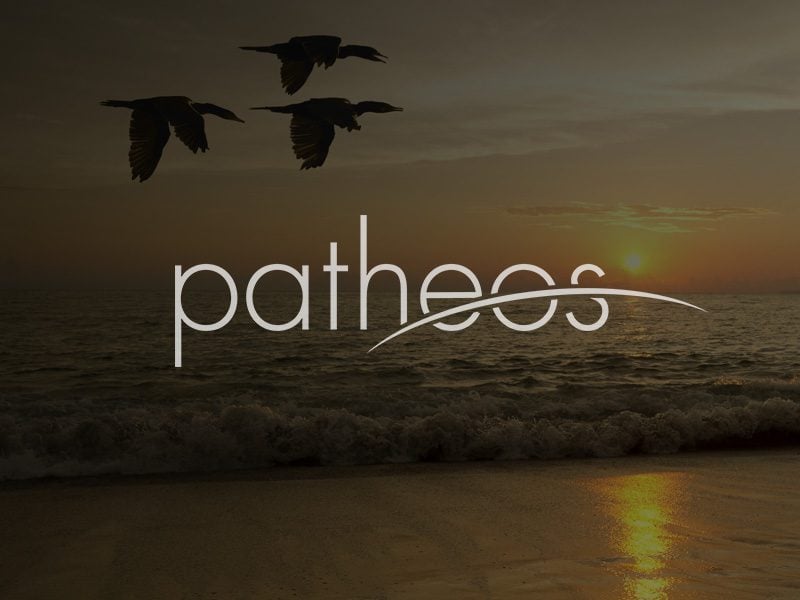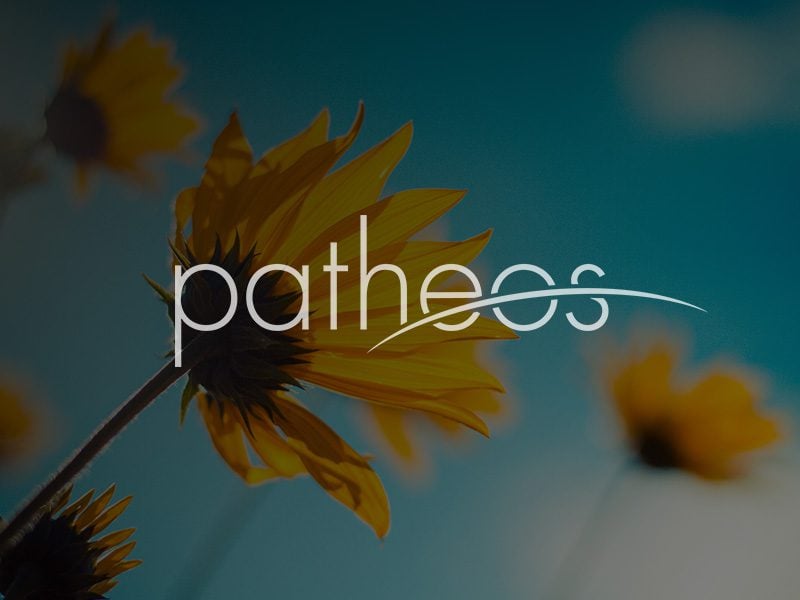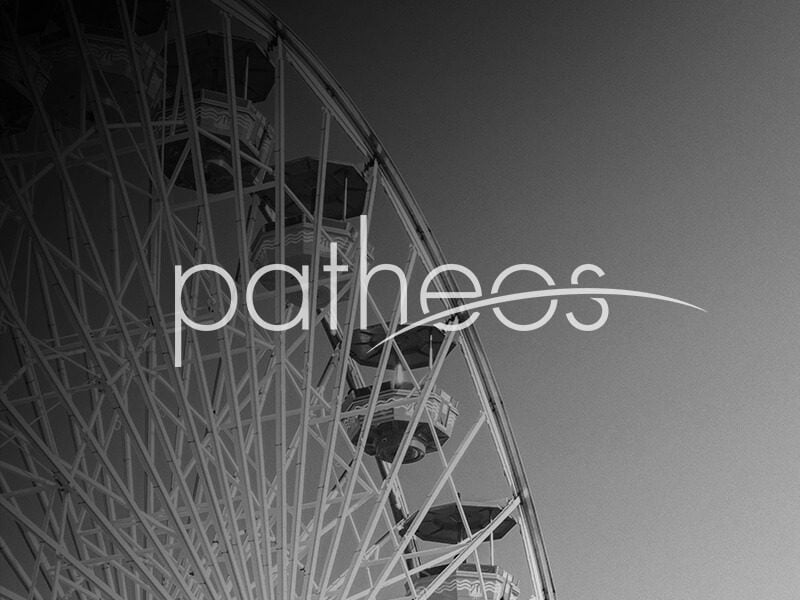The Bride asks Dodi where he pastures the flock and where he finds shade at noon because she doesn’t want to be like those women who veil themselves beside the flocks (Song of Songs 1:7). The reasoning is obscure. Let’s see if we can unravel it a bit. She implies that if she doesn’t know where to find him, she will be as one covered. What does that mean? (more…) Read more
















